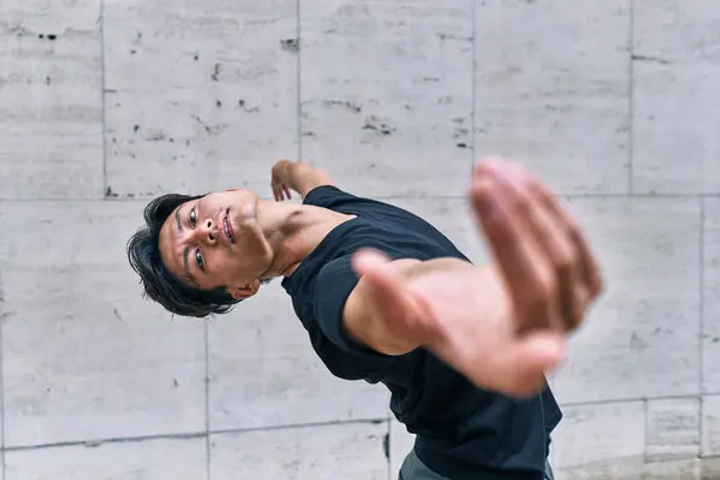By: Andrew Lu
In New York City Ballet’s history, only a few of the principal ballets were Asian, and none were from China. Chun Wai Chan, of Chinese descent, became the first Chinese principal dancer in NYC Ballet’s 74-year-long existence.
On a summer afternoon, a group of fifty dancers from NYC Ballet gathered at a rehearsal studio in Lincoln Center nervousness filled the atmosphere. They came back from a 3-week break, and now, they’re preparing for a tour in upstate New York.
Standing tall, Chun Wai Chan was in the middle. In May, he got promoted to the position of principal dancer. He’s the fourth Asian to hold the rank. At the studio, other dancers eased into their routines while he – filled with excitement – vowed to practice some muscle drills during class time.
“I need to focus. I really need to push myself,” said Chan, who’s 30 now.
Chan was born in Huizhou – an industrial city in Southeastern China. He’s got a sizeable fan base in the US, but his fan base in China is huge. During the pandemic, he competed in Dance Smash, a popular Chinese TV show. Only recently, he joined the NYC Ballet. And he received many awards and praises during his ten years at Houston Ballet. Recently, he’s been on social media posting videos on muscle building and ballet.
Chan is excited and happy about the promotion – knowing that a lot of US Ballet organizations might have Asian stereotypes. But his colleagues and friends have done a lot to celebrate his promotion.
“It’s an amazing moment not only for him but for the institution,” said Georgina Pazcoguin, a fellow dancer who, as an activist working on eliminating racism in ballet. “I can’t underline enough how wonderfully joyous this is and how proud I am — and, in the same breath, also know that we have still more to do.”
Chan has the ambition to reinvent the sport – which was originally from Europe. “I’m the first one, but I really hope it’s not going to take another 70 years to have another,” he said. “Princes can be Asian, too.”
Chan’s ballet story was rather interesting – his parents wanted him to swim. But once he visited his sister’s ballet class, he had other ideas in mind.
His ballet career started when he was six years old. He was studying with a class of mostly girls and his parents were skeptical – hoping that he’d take on a career of being a lawyer or a doctor.
When he was twelve he wrote a letter to his parents – explaining he really wanted to pursue a career in dancing. That’s when his parents sent him to Guangzhou to study in a ballet school.
When he was eighteen, he finished as a finalist in the 2010 Prix de Lausanne in Switzerland and won a scholarship to study at Houston Ballet, where he’d stay for a decade. Then, he studied and became a principal dancer there.
He had ambitions to go to NYC. That’s when he got a chance to enter the ballet and be a soloist. But the pandemic hit, and he had to wait for a while until he got that chance again.
Then, he went to China for the Dance Smash TV show. The show encourages all different traditional and modern dances to join – and Chan made it to the final four before being eliminated. There, he gathered 200,000 followers on Weibo (China’s version of Twitter) and returned to the US.
And after he came back to the US, he had to change the way he danced, from the Russian Vaganova to a new method. “It felt like everything I had learned was questionable — that it meant nothing,” he said. “They broke me into many pieces and rebuilt me. And after a few weeks, I felt much more comfortable, like there was more musicality and more freedom.”
And soon, after remarkable performances, he got his desired promotion. And now he’s considered an icon in China. He wishes to bring Chinese style to his dancing. And Chan appreciates and acknowledges his cultural background – giving young, colored dancers a hand – so they can start their very own ballet careers.
“I used to think I danced just for myself,” he said. “Now I’m dancing for my family, for the audience, for the whole dance community.”











